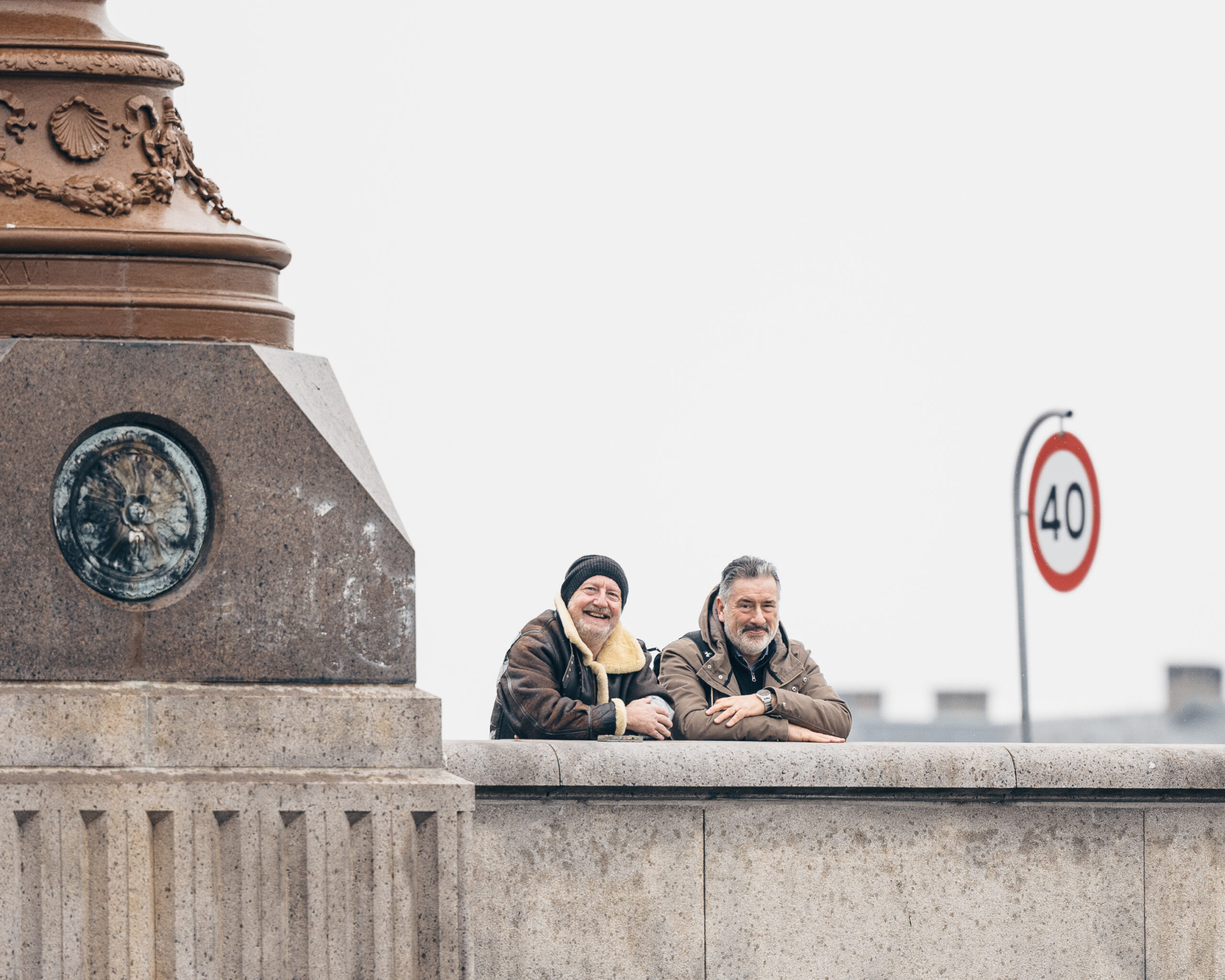The days of simply walking into the Accident and Emergency room (A&E) at the closest hospital and asking for treatment will soon be over for Greater Copenhagen residents.
Beginning in January, people will be required to dial 1813 and speak with a triage nurse who will then decide whether the individual should seek emergency care, wait to see their family doctor or perhaps treat themselves using advice they get over the phone.
The change will also put an end to people calling the lægevagt, the after-hours emergency doctor, in non-emergency medical situations. Although after-hours doctors are often located in hospitals, they are also often separate from the A&E, with little sharing of patient records and a lack of access to hospital resources like X-ray machines.
Now, the Greater Copenhagen Regional Council has decided to do away with the system allowing local lægevagt doctors to refer people to the A&E in favour of a single point of contact for all types of care.
The changes are part of an agreement reached last summer between the national government and the five regional councils, which are responsible for healthcare management, in the wake of media reports of waits of up to 12 hours at A&Es in Greater Copenhagen.
“People will find that this system will work much better than what we have today,” Thor Grønlykke (Socialdemokraterne), a spokesperson for the Greater Copenhagen Regional Council, and himself a doctor, told Berlingske newspaper. “They will get precisely the help they need – without the wait.”
Grønlykke said the system will be easy to manage and that people will have less doubt about where they should go for treatment.
The head of the Danish Medical Association, said cutting the lægevagt system was a "terrible idea".
“It is a functioning system that has worked for many years,” Peter Magnussen told Berlingske. “Residents in Greater Copenhagen will now be talking to a nurse rather than a specialist who may be better able to diagnose what is needed.”
Grønlykke said that although he expects some doctors will miss the old system – especially those that were making money as part of it – the new system will result in higher quality healthcare.
“This is not about saving money, but unifying the system, improving quality and doing things in a more coherent way,” said Grønlykke. “Starting in January 2014, people will only have two numbers to remember; 1813 and [emergency number] 112.”
Experience in those regions that have already introduced the call-first requirement showed that it eliminated many unnecessary A&E visits, according to Jens Stenbæk (Venstre), the vice president of the Zealand Regional Council. He said one out of every four people is treated without ever coming to the A&E.
“They are helped in other ways,” he told Berlingske. “They can often be helped by the nurses on the phone or referred to their own doctor. This takes pressure off of the A&E.”
Factfile | A&E triage by region
– Zealand (Region Sjælland): residents have been required since 2011 to call an emergency number before turning up at the A&E
– Central Jutland (Region Midt) and Northern Jutland (Region Nord): residents in need of emergency care call their GP during daytime hours and the lægevagt after hours
– In both Greater Copenhagen (Region Hovedstaden) and Southern Denmark (Region Syd): residents have had the option of calling an emergency number. Starting in January, calling the number will be required before being approved for any form of treatment










